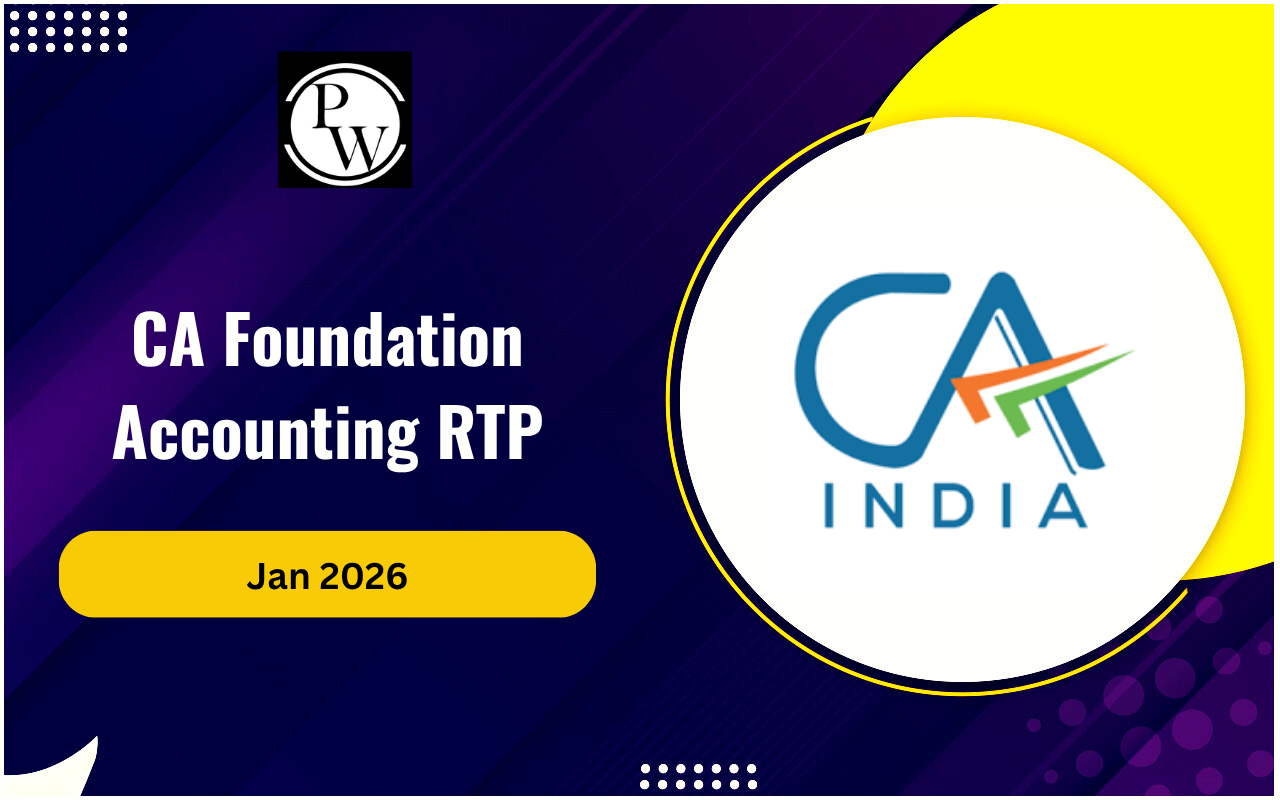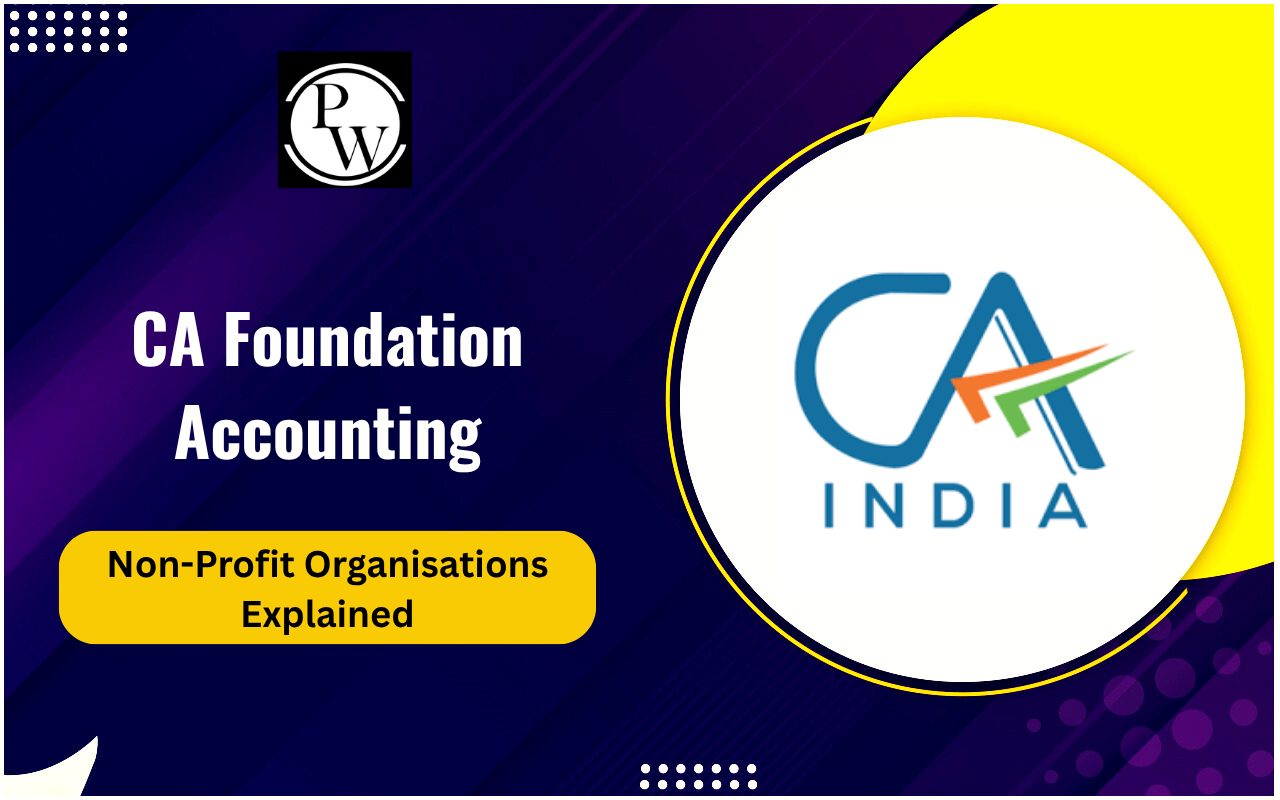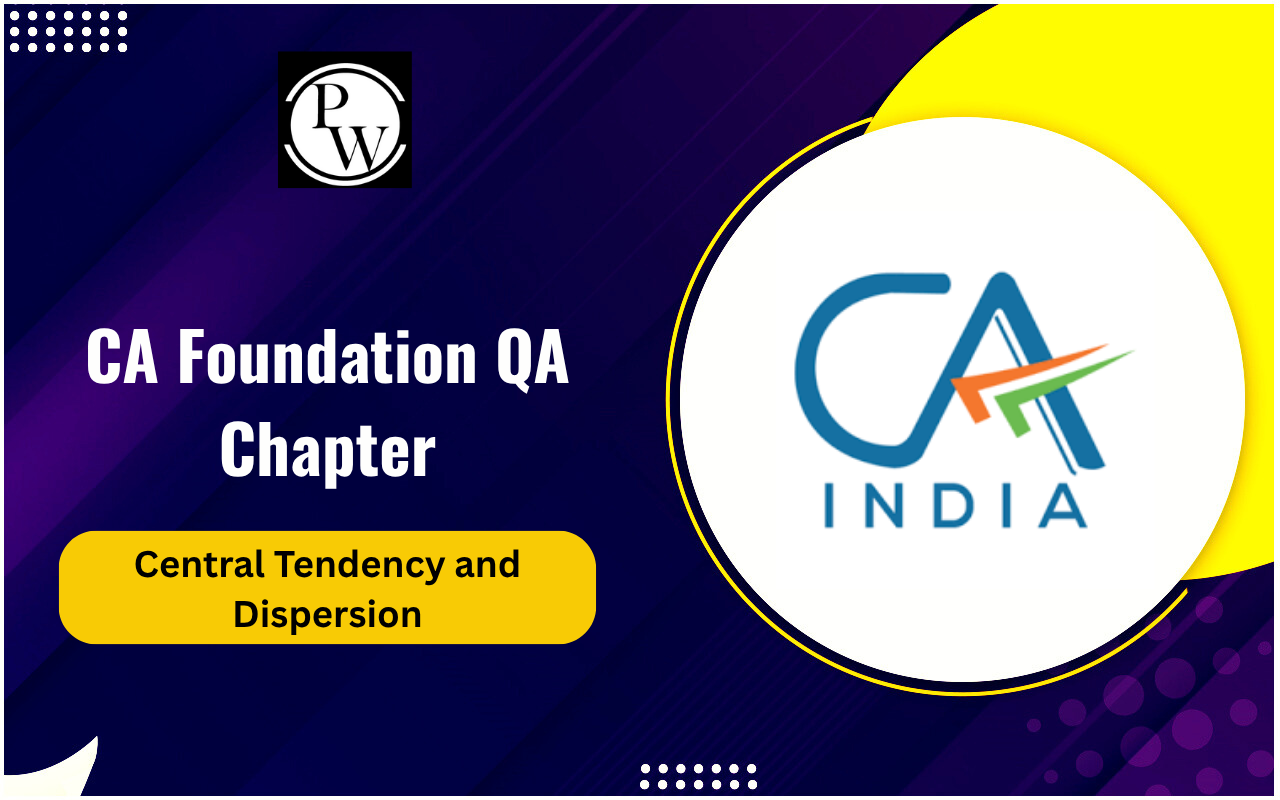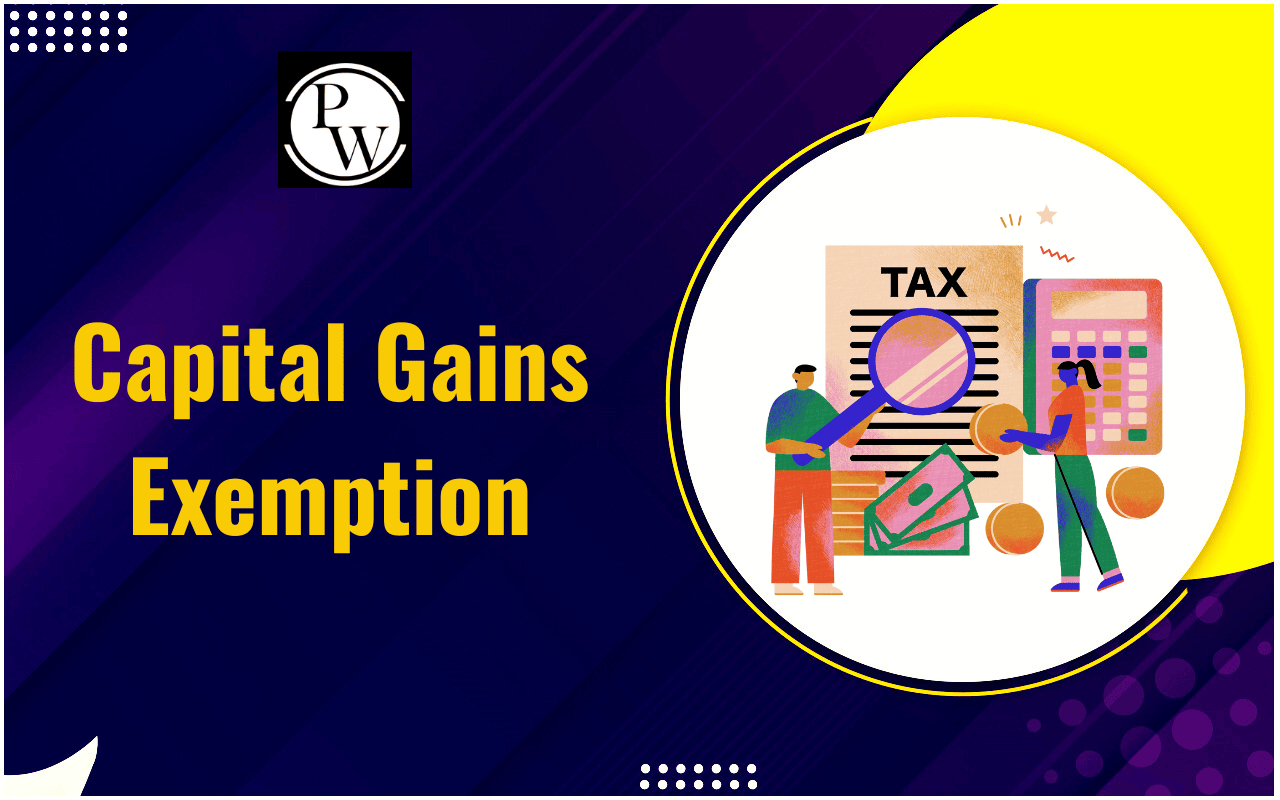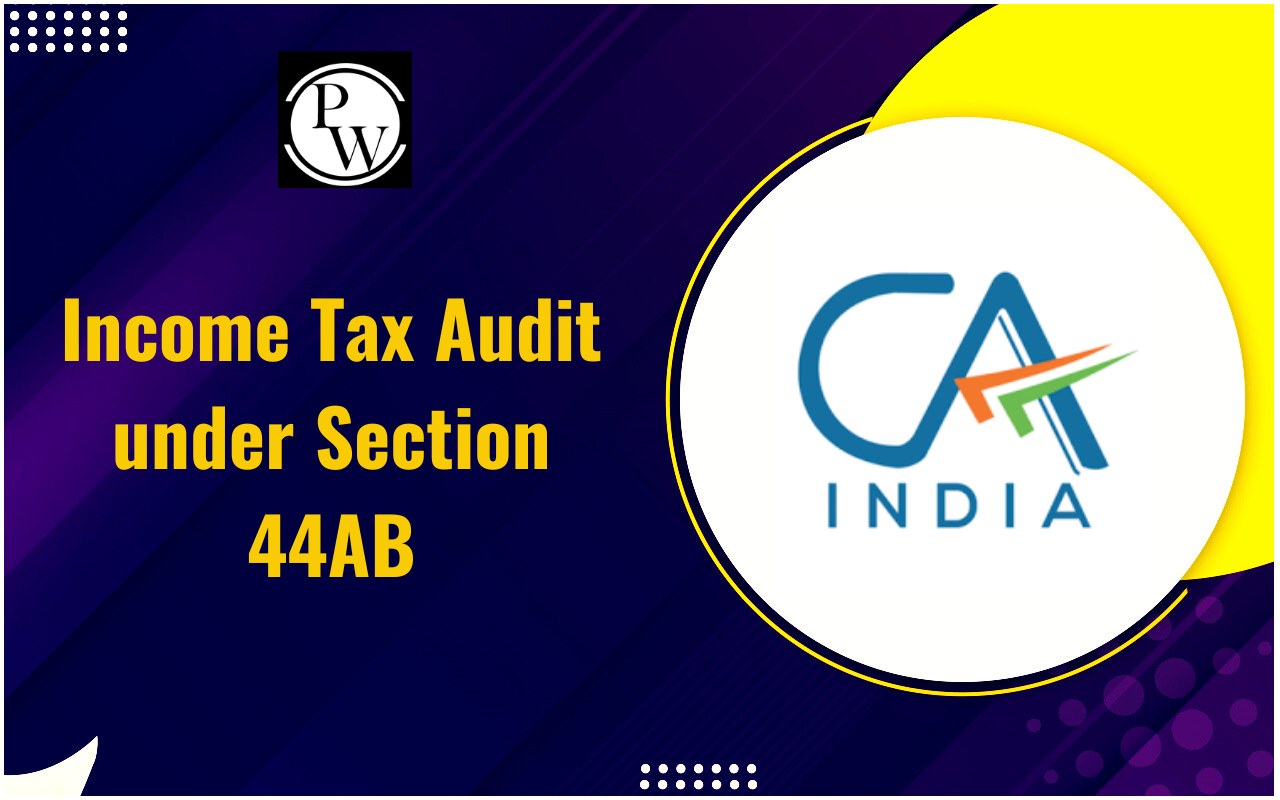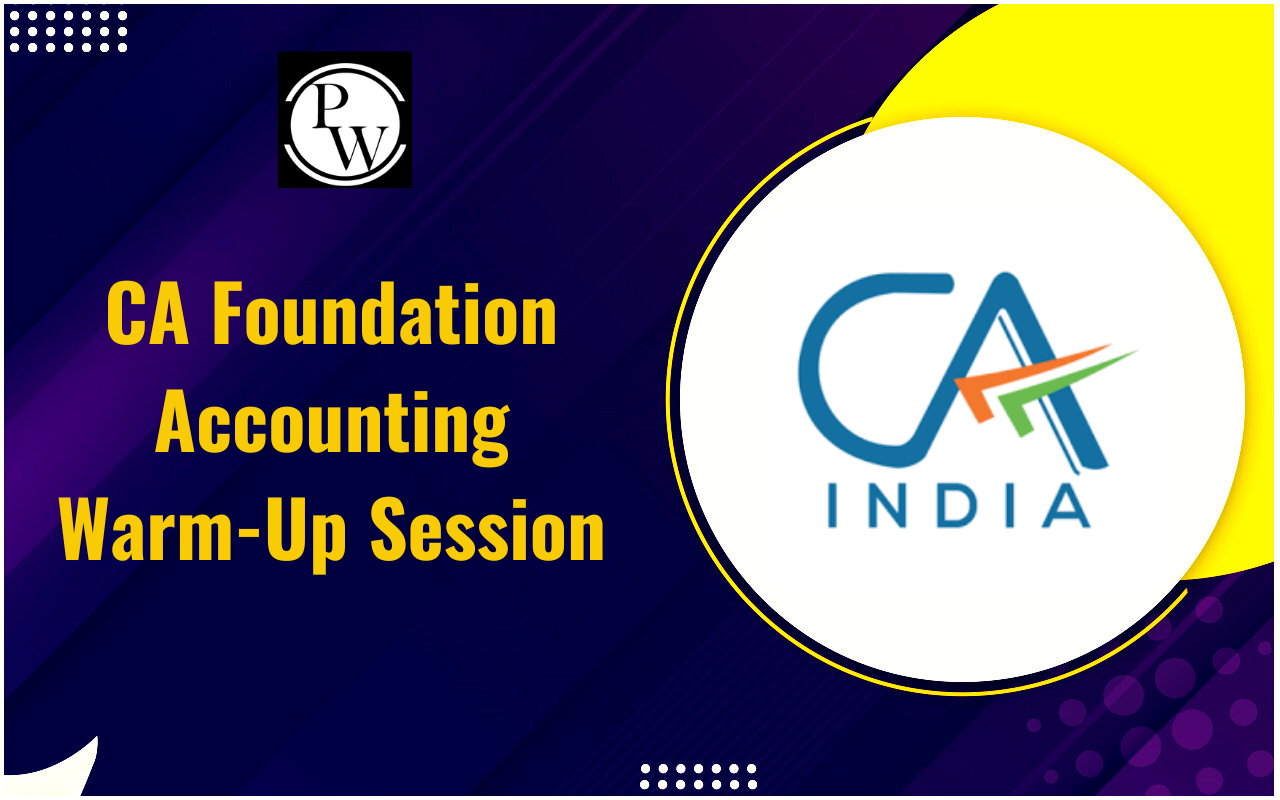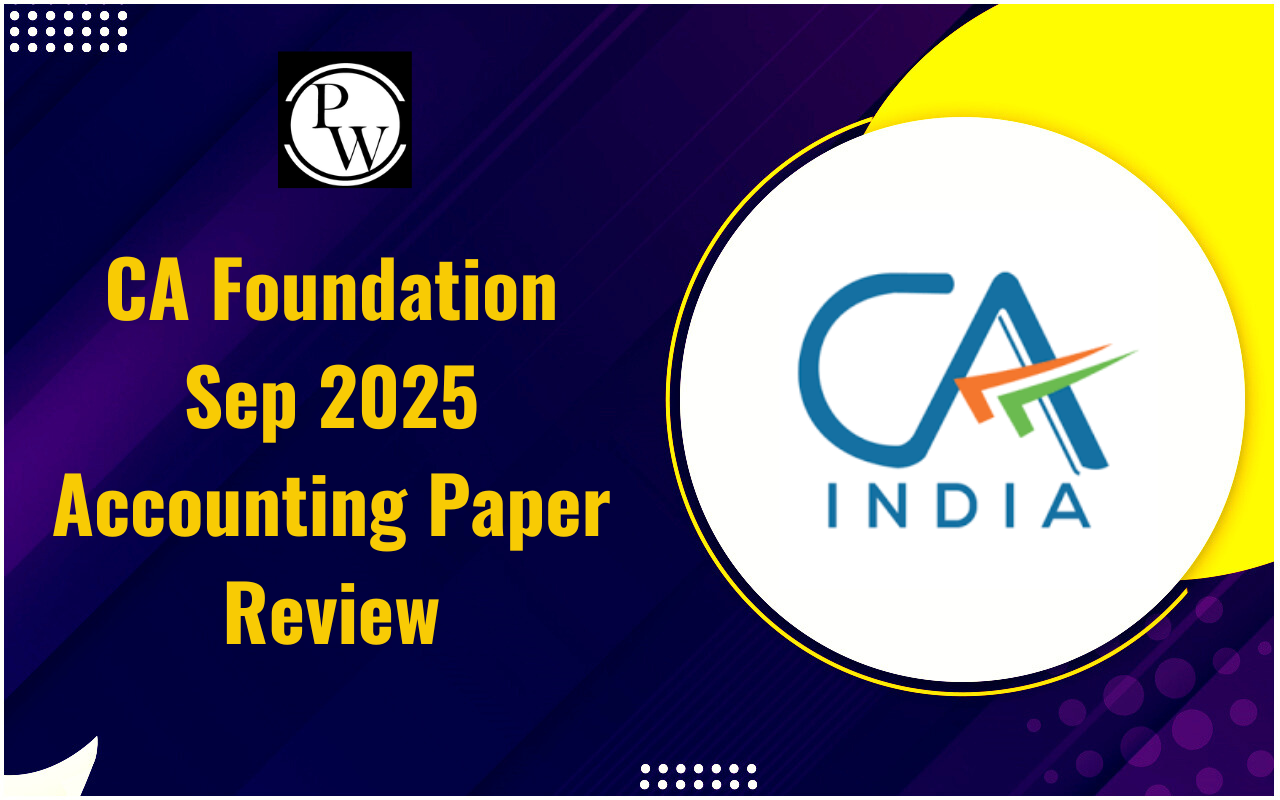
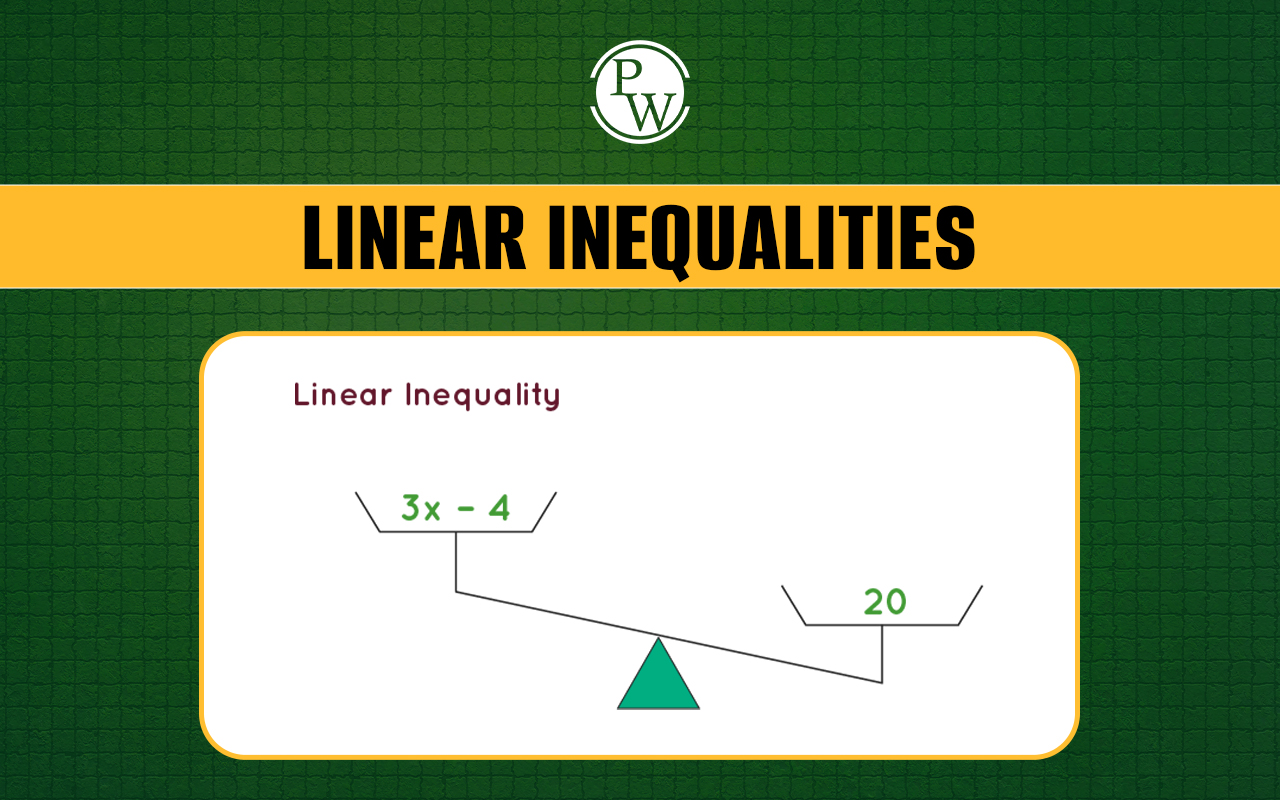
Linear inequalities are a fundamental concept in mathematics, especially for students preparing for the CA exam. If you're aiming to conquer the complexities of CA exams, mastering the topic of linear inequalities will help you immensely. Whether you're tackling the mathematics section of the CA Foundation exams, understanding linear inequalities is crucial.
This article will walk you through the concept of linear inequalities, explain their significance, and provide detailed insights on solving them for CA exams .What Are Linear Inequalities?
Linear inequalities involve mathematical expressions that compare two quantities, similar to linear equations but with inequality signs instead of equality. These inequalities help define a range of values that satisfy a given condition. For example, if you have an inequality like x + 3 ≤ 7, it implies that x can take any value less than or equal to 4. Linear inequalities are often expressed using symbols such as ≤ (less than or equal to), ≥ (greater than or equal to), < (less than), and > (greater than). Understanding linear inequalities is essential for solving real-world problems, especially in fields like economics and accounting, which are part of the CA curriculum. This concept helps in constructing financial models and analyzing various economic scenarios. Whether you're dealing with profit margins, expenses, or asset management, knowing how to apply linear inequalities will make a significant difference.Why Are Linear Inequalities Important for CA Students?
For CA students, linear inequalities are important because they often appear in various aspects of the syllabus. From accounting problems to financial analysis, the ability to solve linear inequalities is a valuable skill. These inequalities are used to represent constraints or limitations, helping you define feasible solutions for business and financial models. For example, you might encounter scenarios where you need to determine the range of values that would keep a company's expenses within a certain limit. This type of analysis is possible with the help of linear inequalities. A clear grasp of these concepts allows you to solve problems more effectively and boosts your confidence during exams.Also Check: Difference between Bonus Issue And Right Issue
Key Methods to Solve Linear Inequalities
Solving linear inequalities is similar to solving linear equations, but with one key difference: inequalities allow for a range of possible solutions rather than a single value. The following are the basic steps to solve them:Isolate the variable : Begin by isolating the variable (e.g., x) on one side of the inequality, just like you would in an equation.
Example: Solve for x in 2x - 5 ≥ 7.Simplify the inequality : Perform arithmetic operations to simplify the expression. Be cautious when multiplying or dividing by negative numbers, as this can flip the inequality sign.
Example: 2x ≥ 12 (by adding 5 to both sides).Solve for the variable : Once the variable is isolated, solve for it.
Example: x ≥ 6 (by dividing both sides by 2).Graph the solution : For more complex inequalities, especially those with two variables, graphing may help in understanding the range of values that satisfy the inequality.
Types of Linear Inequalities
There are several types of linear inequalities that CA students may come across. Here are the most common types:Single-variable linear inequalities : These involve only one variable, like x, and are typically solved using basic algebraic methods.
Example: Solve 3x + 4 < 10.Multi-variable linear inequalities : These involve more than one variable, often representing constraints in business models or economic problems.
Example: Solve 2x + 3y ≤ 10.Compound linear inequalities : These involve two inequalities combined with the words "and" or "or". You need to solve both inequalities and combine the solutions.
Example: Solve x + 2 ≥ 4 and x - 3 ≤ 5.Applications of Linear Inequalities in CA Exams
Linear inequalities have practical applications that CA students encounter in their study of accounting, taxation, and economics. Understanding linear inequalities helps you approach real-world financial problems, such as determining budget limits or analyzing cost constraints. Here are some examples of how linear inequalities come into play:- Budgeting : Suppose you're working on a project and need to stay within a specific budget. Using linear inequalities, you can calculate the maximum amount you can spend on different resources.
- Cost Analysis : If you're analyzing the cost structure of a company, you may use linear inequalities to determine the minimum or maximum production levels to ensure profitability.
- Profitability Models : Linear inequalities can help you define profit margins and set thresholds that businesses must meet to remain profitable.
Linear Inequalities FAQs
What is the difference between linear equations and linear inequalities?
Can linear inequalities have no solution?
How do you graph linear inequalities?
Are linear inequalities applicable in real-life business scenarios?




